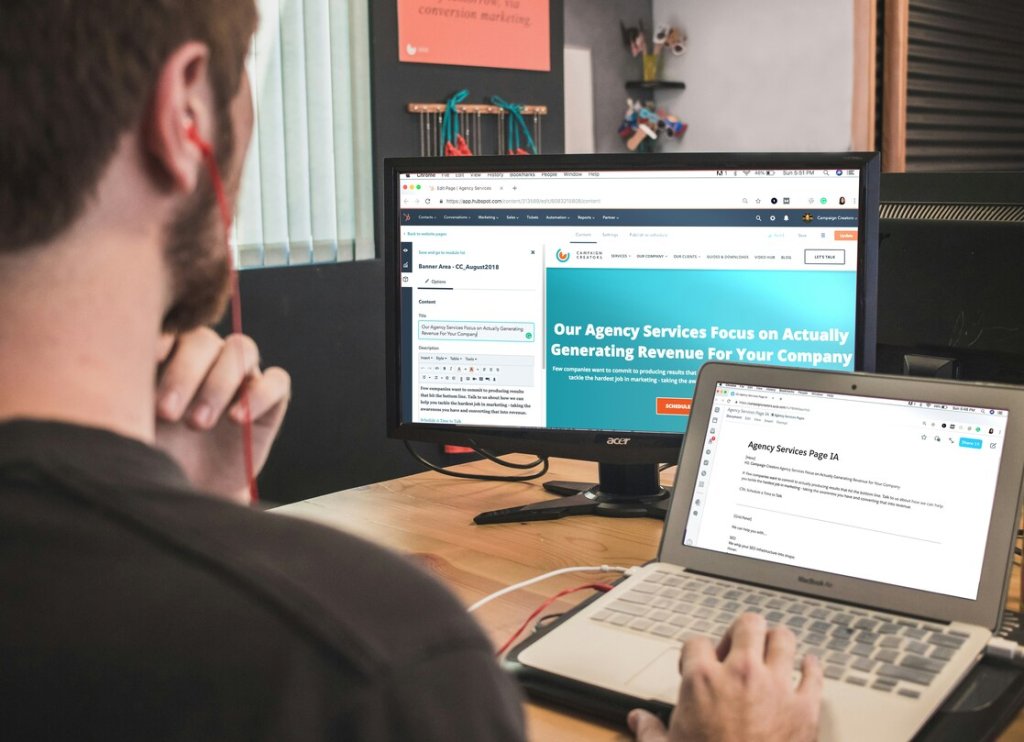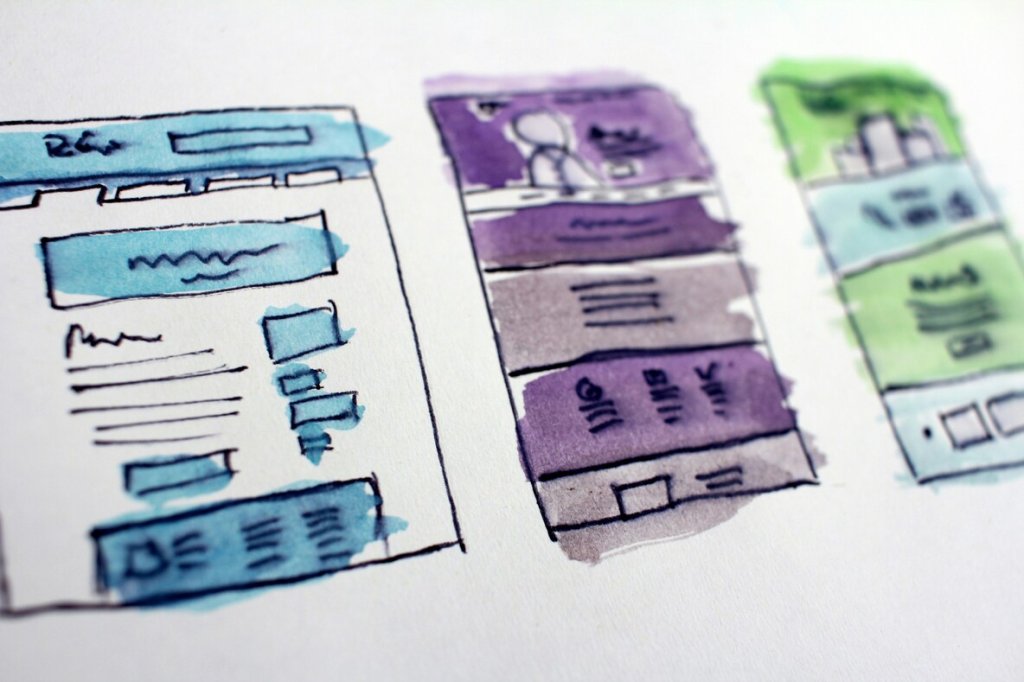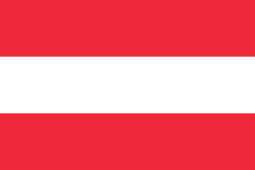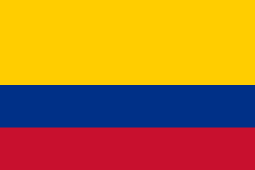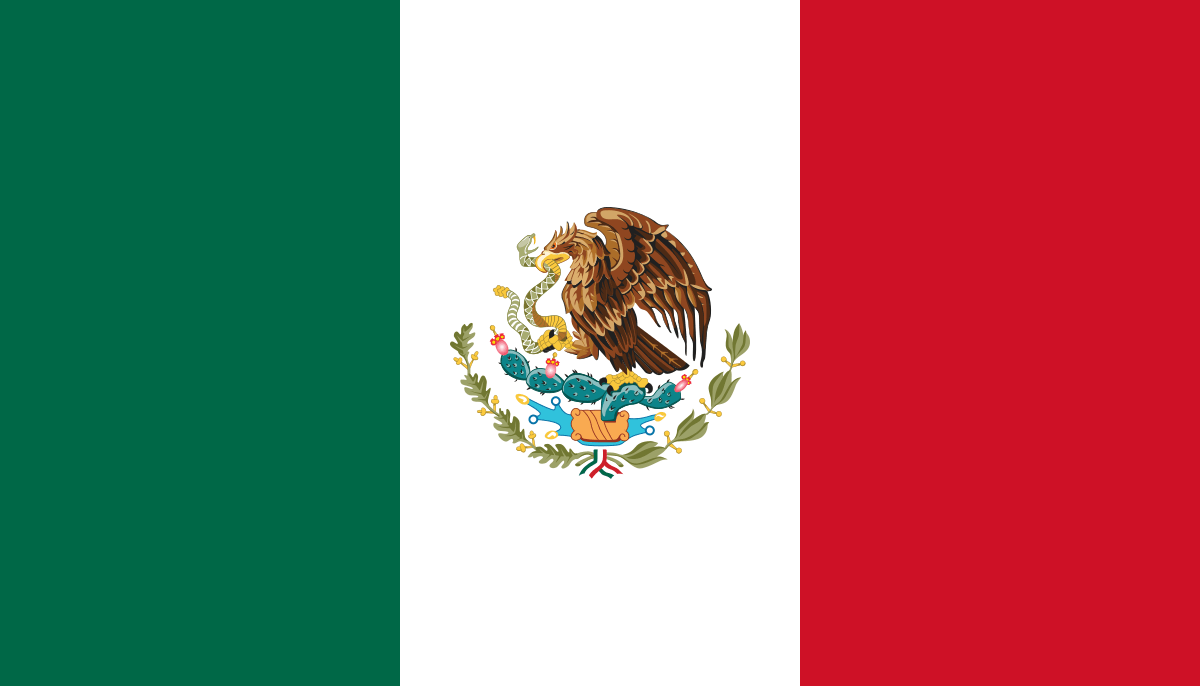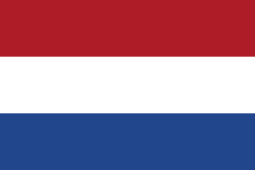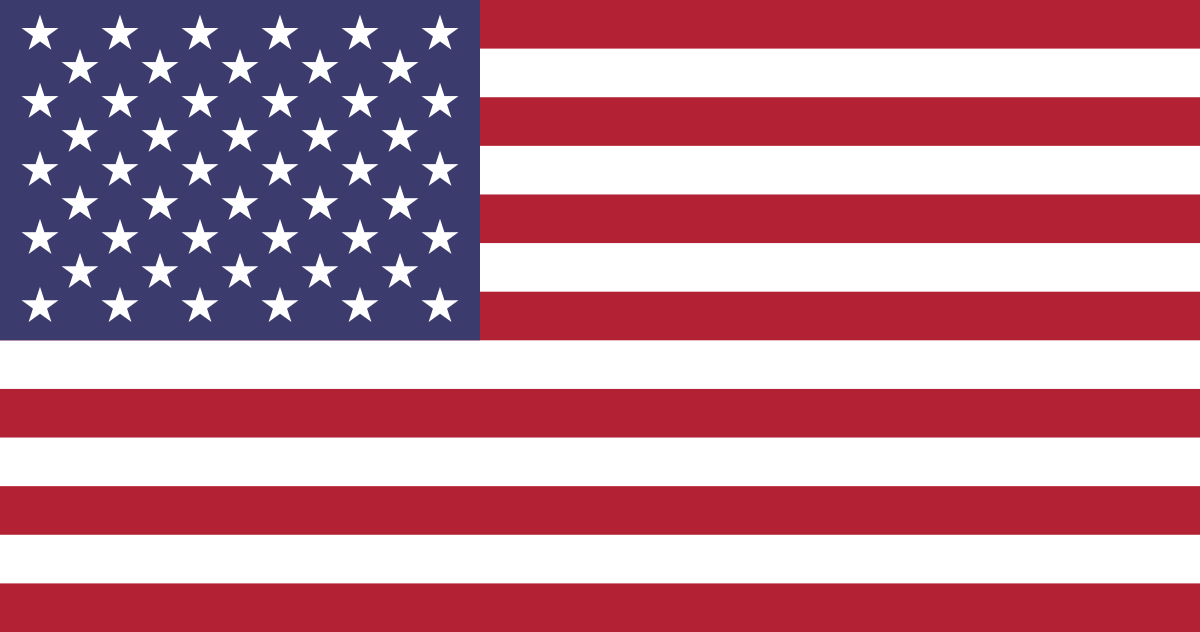Ethical web development considerations are an integral part of effective and safe web design within the digital realm.
Just as in real life, ethical principles such as prioritising well-being, respecting an individual’s right to privacy and creating a space that is as inclusive as possible are an important part of online communities and values that need to be lived by web developers.
Every online user has a right to navigate the internet without fear of discrimination or having their user data violated. Just like the offline world, fairness and respect for each other are key ethical values supported by ethical web development and what web designers need to strive for when creating engaging online experiences.
As a student on SAE’s Web Development degree, ethical considerations surrounding privacy and data protection will be embedded in your learning. You will study the ethical standards surrounding data collection, how to implement robust data security measures and some of the most effectives ways of safeguarding user data. Key ethical considerations include enhancing accessibility alongside protecting user data – these are at the bedrock of the design process and what web users now expect from those behind their online experiences.
In our blog, we will explore the challenges and opportunities of ethical web development and how prioritising user privacy can create a positive brand image. If you want to join one of our courses, then get in contact with our team now.
What are ethical design principles in web development
Ethical web development refers to the practice of creating products, services, and systems with a focus on fairness and user-trust.
Some of the principles surrounding ethical design include transparency, inclusivity and ensuring privacy is respected.
Ultimately, every online user deserves to be able to navigate the internet without fear of discrimination, having their privacy violated, or data abused. Ethical web development goes a long way to ensure the online world is a safe space for all of the online community.
Why are ethical principles in web design important?
As a web designer, ethical practices should be at the heart of every site you work on to establish user trust.
This extends beyond functionality to consider user wellbeing and privacy to create an experience that can feel as positive as possible. Of course, the online world sometimes feels like a lawless and toxic space, particularly when it comes to online scams and ‘fake news’.
For example, more than 9 in 10 UK people have reported witnessing misinformation on social media, according to figures from the Alan Turing Institute.
A similar number of consumers have come across content they suspected to be a scam or fraud, new research commissioned by Ofcom reveals.
If you are designing a website to support a product, service or solution, then you will look to grow the audience and community around this, particularly if you are a retailer selling different products. If your site is not only easy to navigate but also transparent around how you do business – for example, with clearly outlined instructions around shipping, returns, and exchange details with a detailed FAQ – then customers are likely to purchase your products and visit again in the future.
Sticking to these principles of ethical web development such as transparency, inclusivity and respecting user privacy will help create a wider digital ecosystem built on these values.
Ethical practices in web development
When setting out to create an enhanced online user experience with ethical design, developers should ask themselves some key questions.
Is your website accessible to a wide audience? Are you using inclusive language? Do you value user privacy? Is your website sustainable? Answers to them should provide insights into user preferences so web developers can make informed decisions about responsible practices.
Data Privacy
Protecting user data is top of the several key principles designers need to follow with ethical web development. This involves implementing strong data storage measures, being transparent about data practices, and obtaining informed consent from users about how their personal details are handled.
Ethical web design ensures user data is maintained responsibly, with transparent privacy policies and informed consent practices. Designers need to aim to align with the latest legislation within the digital landscape to ensure potential vulnerabilities are addressed and foster user trust.
Data breaches are often headline news and are embarrassing for businesses, especially when a big brand is involved. The Co-op saw all of its 6.5 million customers have their data stolen earlier in the year.
Marks & Spencers suffered a cyberattack that deeply disrupted its operations earlier in 2025 too. Customers were unable to access the Click and Collect service and contactless payments failed to work.
Examples of enhanced security to protect a site and its database include implementing access control such as using strong passwords and changing them regularly, two-factor authentication, limiting administrative access, regularly reviewing user access, and removing unnecessary user permissions. Backup and recovery plans also ensure businesses are prepared for the worse-case scenarios with data leaks.
Enhancing trust and user loyalty
As we’ve already mentioned, an ethically designed website where usability and transparency have been clearly prioritised will enhance user engagement.
An online user will be more likely to return to a website where they are clearly aware of what they are being sold or offered via a site’s web pages. This kind of clarity will enhance a user’s perception of a business or brand, particularly when they feel they are being respected and valued. User centered design should also mean they your audience is more willing to get behind a brand, to support new products, leave positive reviews and advocate for a company. Obtaining explicit consent on how user data is used is also an essential part of establishing trust and loyalty.
Ensuring your website is accessible
Research shows that as many as one in five British people have a disability, yet less than 1% of website homepages are likely to meet accessibility standards for this huge segment of the population.
There are rules in place for web developers to adhere to make exploring our digital ecosystem less of challenge. They are known as WCAG (Web Content Accessibility Guidelines) and compliance means designing and developing websites and digital content that adhere to these rules. It is clear that there are many diverse user groups and the WCAG, developed by the W3C, aims to ensure digital content can be perceived, engaged with and digested by all.
There are some core components for website developers to remember when designing for web accessibility. Firstly, to keep a website clear and consistent, be careful with page layouts, themes, widgets, and plugins to ensure they are as accessible as possible to meet user needs.
Not everyone is able to, or prefers to, navigate websites in the same way. In fact, using the keyboard to move around websites and follow links, for example, is important for people with motor disabilities and vision impairments.
One web development approach includes providing users with the option to ‘skip navigation’ by creating a link that ‘anchors’ to text or content further down a web page. Users will be automatically moved down the page by clicking on the anchor rather than needing to manually navigate.
The colours of your website also need to be factored into your design to ensure that adequate thought has been put into creating an online presence that can be used by those with visual impairments or low vision. Some users will rely on screen readers to access the web and sites need to be developed with this in mind too.
After your website has been designed and launched, it’s important to undertake regular reviews of your digital presence to check for bugs, updates and to ensure it still complies with the latest standards surrounding accessibility.
By designing for diverse needs and abilities, web developers can promote a more inclusive online experience for all and enhance our ethical digital ecosystem.
Enhancing Security and Data Protection
A website is more than just a beautifully crafted collection of interactive features and pages. It’s also a gateway to a user’s private information and online preferences and with this come ethical implications. If this information lands in the wrong hands, it can lead to huge loss and inconvenience that goes beyond poor web performance.
This includes using HTTPS (Hypertext Transfer Protocol Secure), encrypting sensitive data, validating user input, and regularly updating website software and dependencies.
HTTPS works by securing communication between a user’s web browser and a website by encrypting data transmitted over the internet using TLS/SSL. This encryption stops any unauthorised parties or bad actors from intercepting the data.
In terms of transparency, a standard privacy policy should be easily accessible for a website and outline how its data collection practices work, including how personal information is stored and shared.
It should be easy to discover and written clearly, especially when addressing children. The policy must detail the types of data collected, the purposes for collection, and who the data is shared with, including third parties. Any data stored needs to be retained in a secure environment with appropriate access controls and regular backups in place.
Fact-Checking
Fact-checking information is a continual challenge in an online world that can be erratic where viral stories are sometimes false. Amid this, building a reputation as a trusted online source can be invaluable and requires the establishing of a process for verifying the accuracy of information before publishing it on the website. As a web developer, you need to cross-check data from well-known sources and ensure you are creating clear and concise content to help users navigate a web presence effectively.
One way of enhancing how your site’s content is viewed is by using date stamps. These show the publication date of a piece of content, and is particularly useful for articles, news, or reports.
It is also useful to conduct regular content updates to ensure it remains accurate and relevant for your audience. If something is out of date, then consider removing it as part of your maintenance schedule.
Legal Compliance
Legal disclosures are useful for adhering to laws surrounding consumer rights and help establish transparency and build user trust. They set clear expectations for users while protecting businesses from potential legal disputes.
Some items to include on a site are:
Refund policies: Return and exchange procedures need to be included, particularly if you run an online retail website.
Contact information: Provide a phone number, email, and physical address for correspondence.
Ethical web design can consider environmental responsibility, energy consumption, promoting sustainable practices and reducing the carbon footprint of websites.
By considering the wider social impact of their work, web developers can contribute to a more positive and equitable digital world and ensure user friendly websites. If your design can foster a more positive digital environment while prioritising user privacy, then you are doing something right.
STUDY WEB DESIGN AND DEVELOPMENT at SAE
If you want to work in web design, understand the latest technologies and learn the most effective ways to network and enhance a portfolio, then our Web Development degree could be for you.
Our facilities and expert tutors are well placed to give your career the best possible start in this fast-paced and dynamic industry.













